2015 New York Auto Show: Cadillac CT6 Revealed [PHOTOS]
Cadillac, the premier luxury brand in the General Motors family of vehicles, stands on the edge of a precipice: After aggressively chasing the top-tier German marques for the past decade, it still trails its Deutschland rivals. Cadillac CEO Johan De Nysschen recently said that the brand will need $12 billion to right itself and catch its German rivals.
In an attempt to distance the brand (both metaphorically and literally) from the GM think tank, new Cadillac CEO Johan De Nysschen moved the company’s corporate headquarters to New York City's SoHo in 2014. Now the brand is launching a new flagship sedan: the CT6.
The CT6 is the start of Cadillac’s new alphanumeric nomenclature. When De Nysschen led Infinity, he also reshuffled the Japanese luxury automaker's lineup, abruptly changing the names of most established models for the sake of brand unity and name consistency. This led to confusion among buyers -- and even media. Cadillac’s Chief Marketing Officer Uwe Ellighaus promised things would be different this go-around: "We will only change a product's name when the product itself is redesigned or an all-new model is created," he told Autoblog.
At the official unveiling, De Nysschen stressed that the CT6 will be a segment leader: “[The] CT6 will be the lightest and most agile luxury sedan.” He also played up the role the car will have in the “ongoing transformation at Cadillac” as the brand continues to contend with its German rivals. The car will also feature an updated version of Cue, Cadillac’s infotainment system.
Cadillac’s new full-size luxury sedan will compete in the same space as the recently debuted Lincoln Continental and perennial market-dominators like the BMW 7 series and Audi A8. The company has been chasing its German rivals for years with varying degrees of success, and as some have pointed out, it may not be strictly a product quality problem.
While the presentation was heavily focused on the future and “daring to do things differently,” there was a strange detail. De Nysschen only glanced over the fact, but both of Cadillac’s new V6 engines will have “cylinder deactivation": When the car doesn’t need the power of all six cylinders, two shut down to help improve fuel economy. This sounds logical (and many modern cars do this), but Cadillac tried the same idea in the 1980s with its now infamous “8-6-4” engine. It didn’t work all that well then, but perhaps Cadillac has done a better job with it this time.
CT6 will hit dealer lots as a 2016 model.
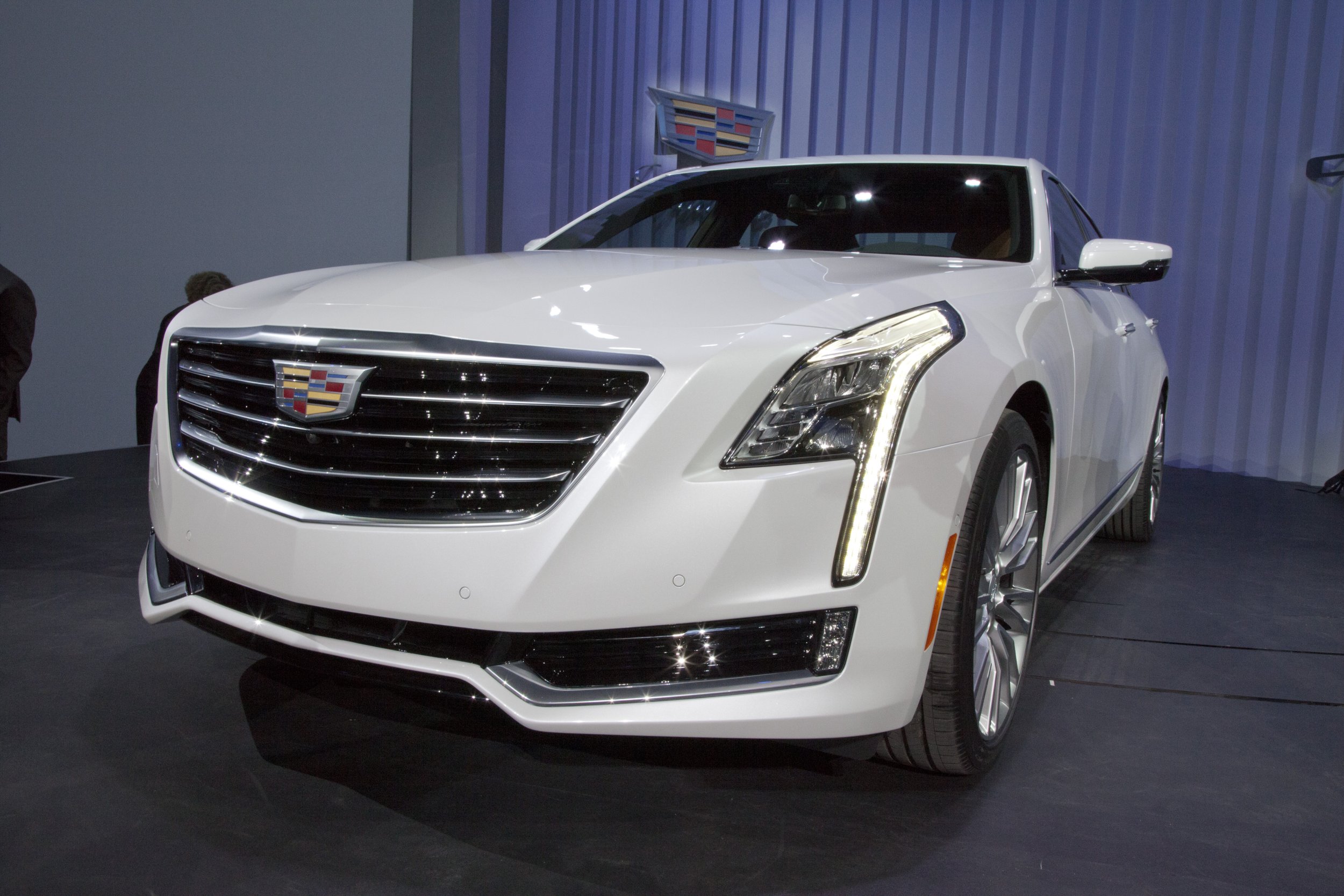
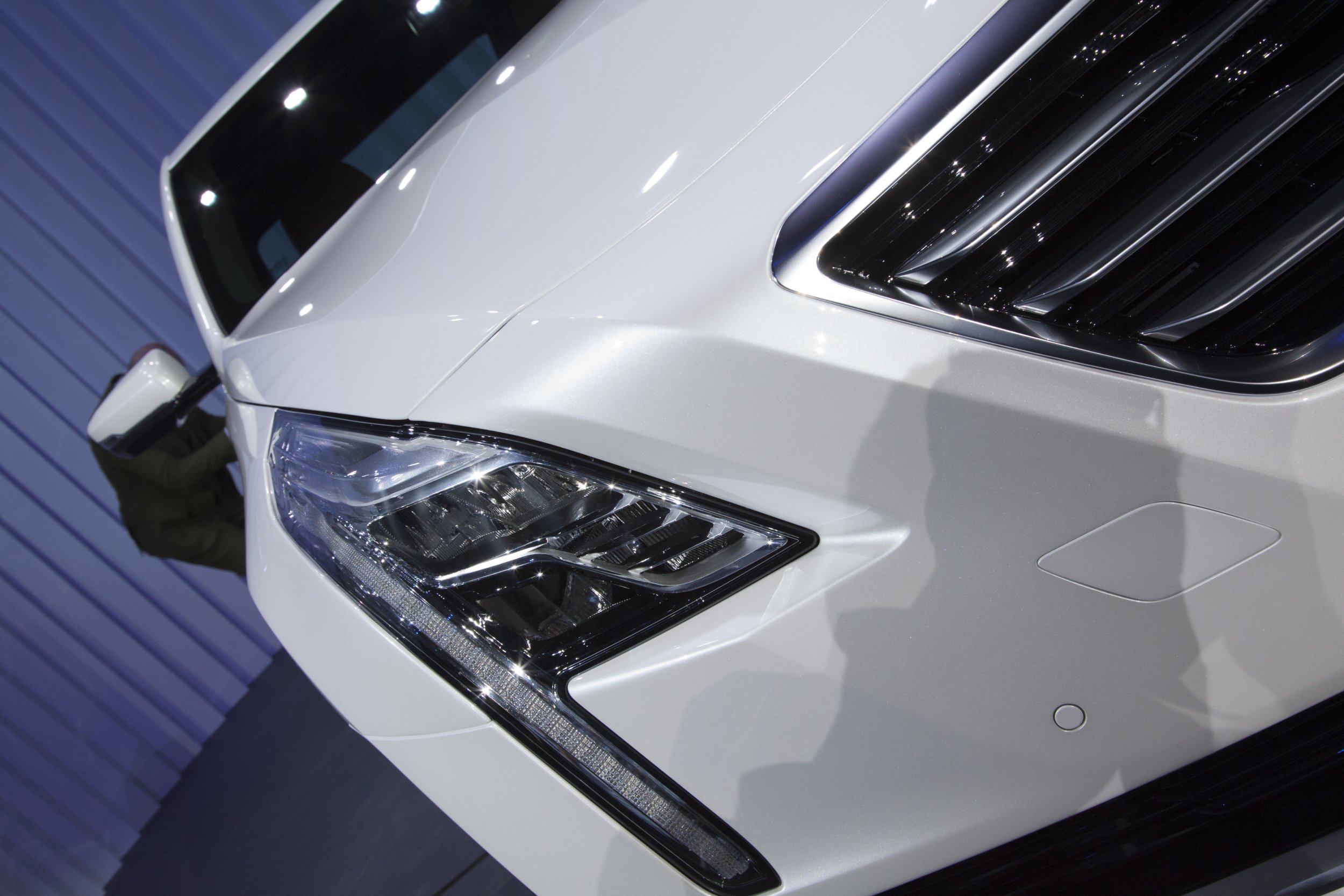
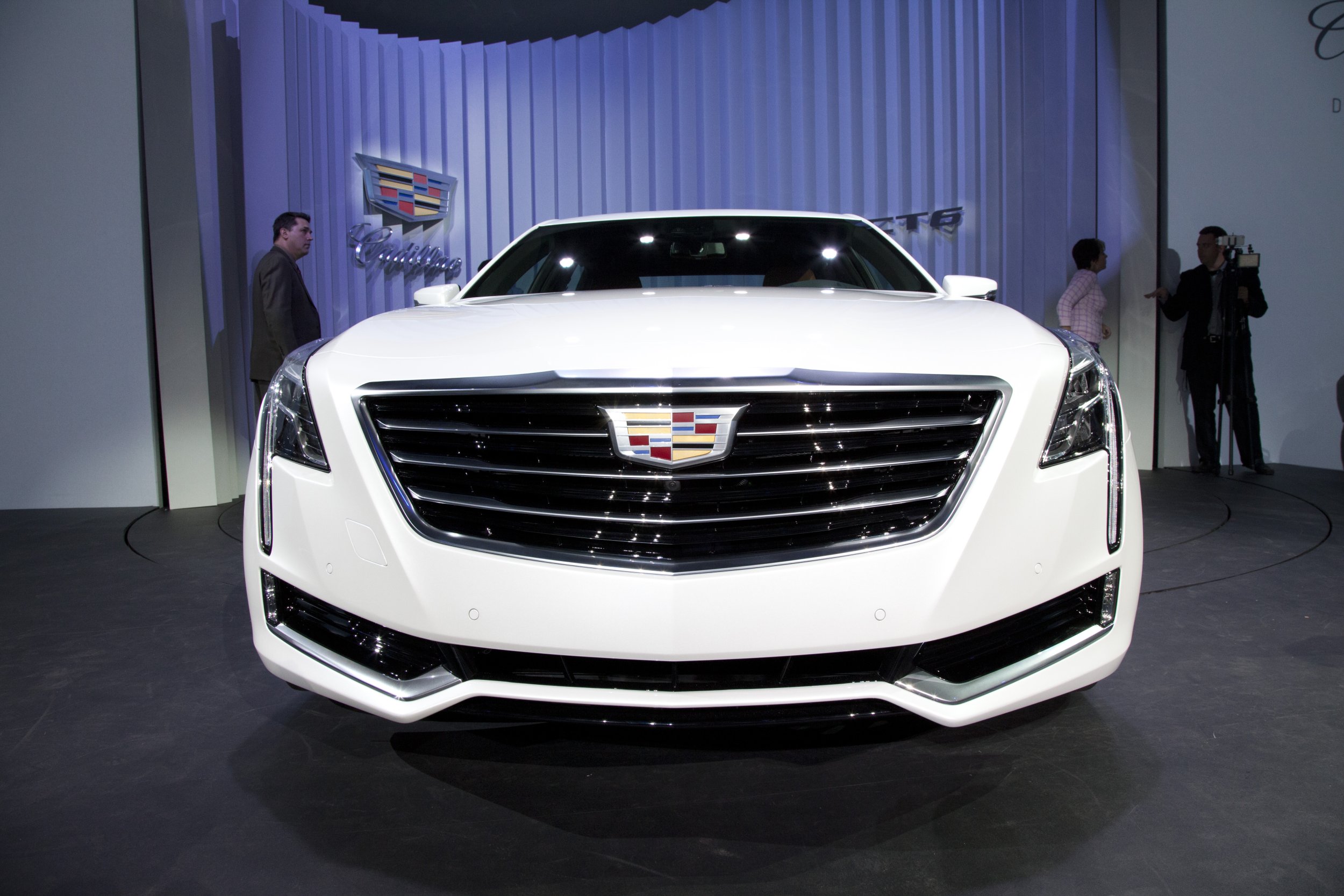
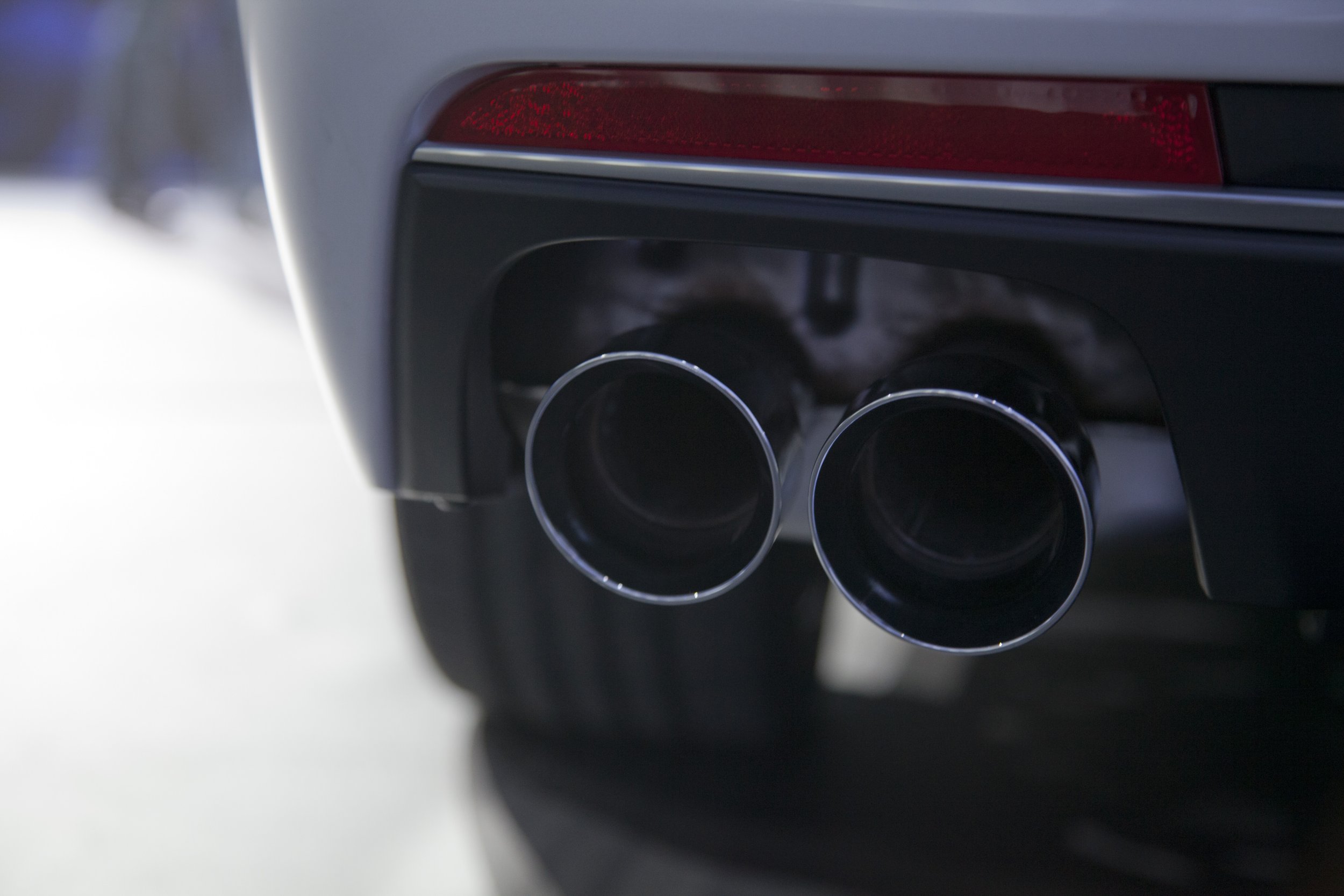
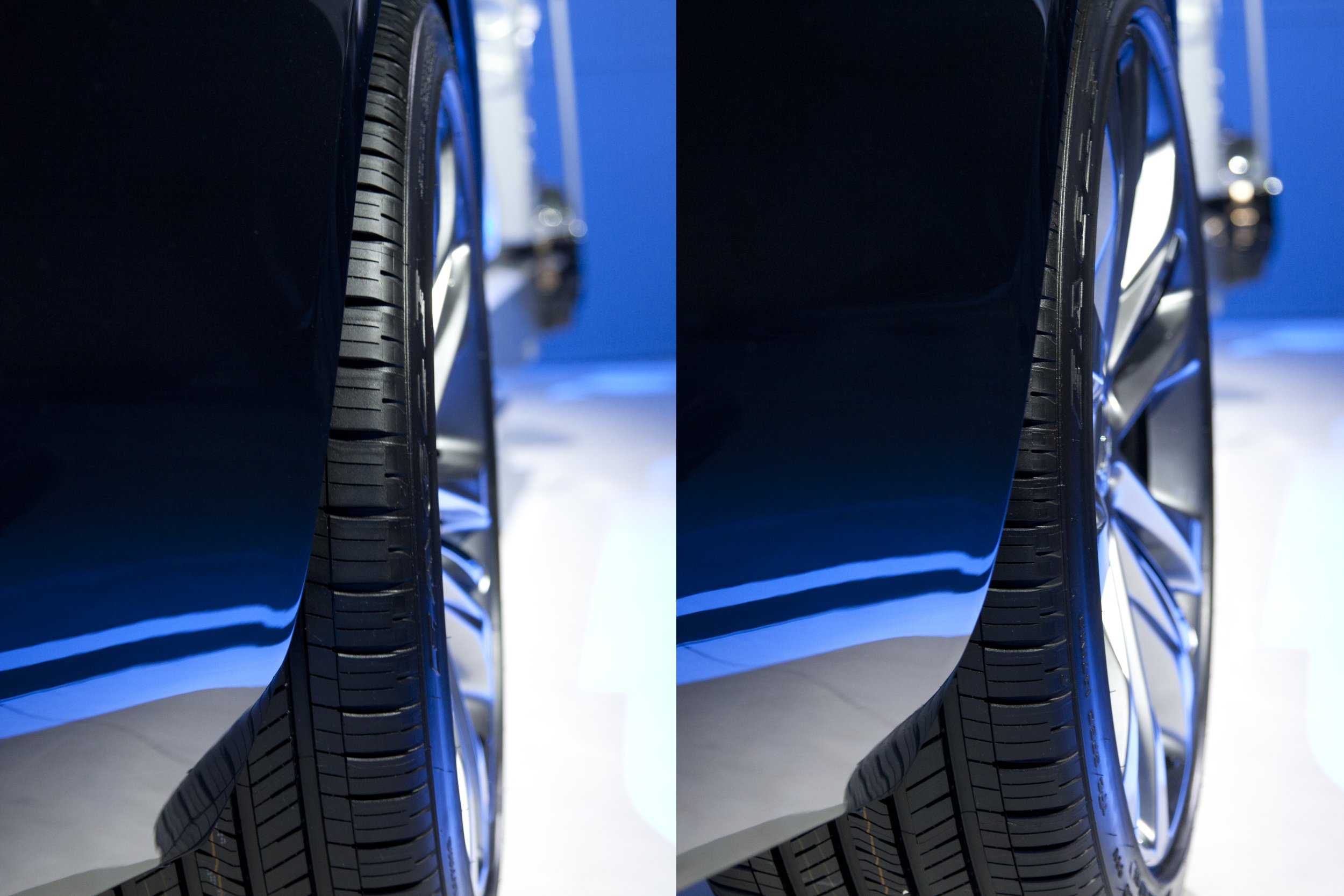
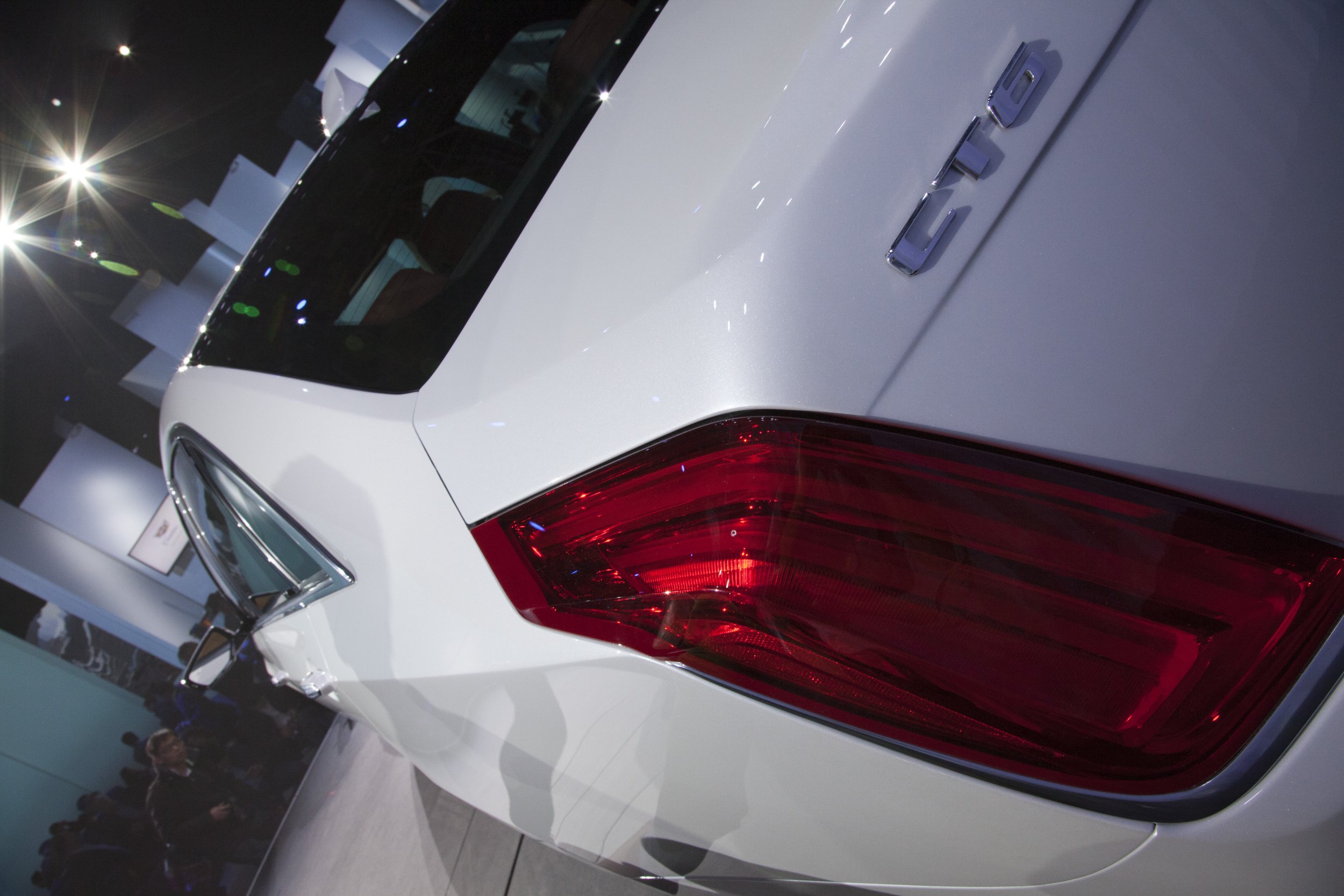
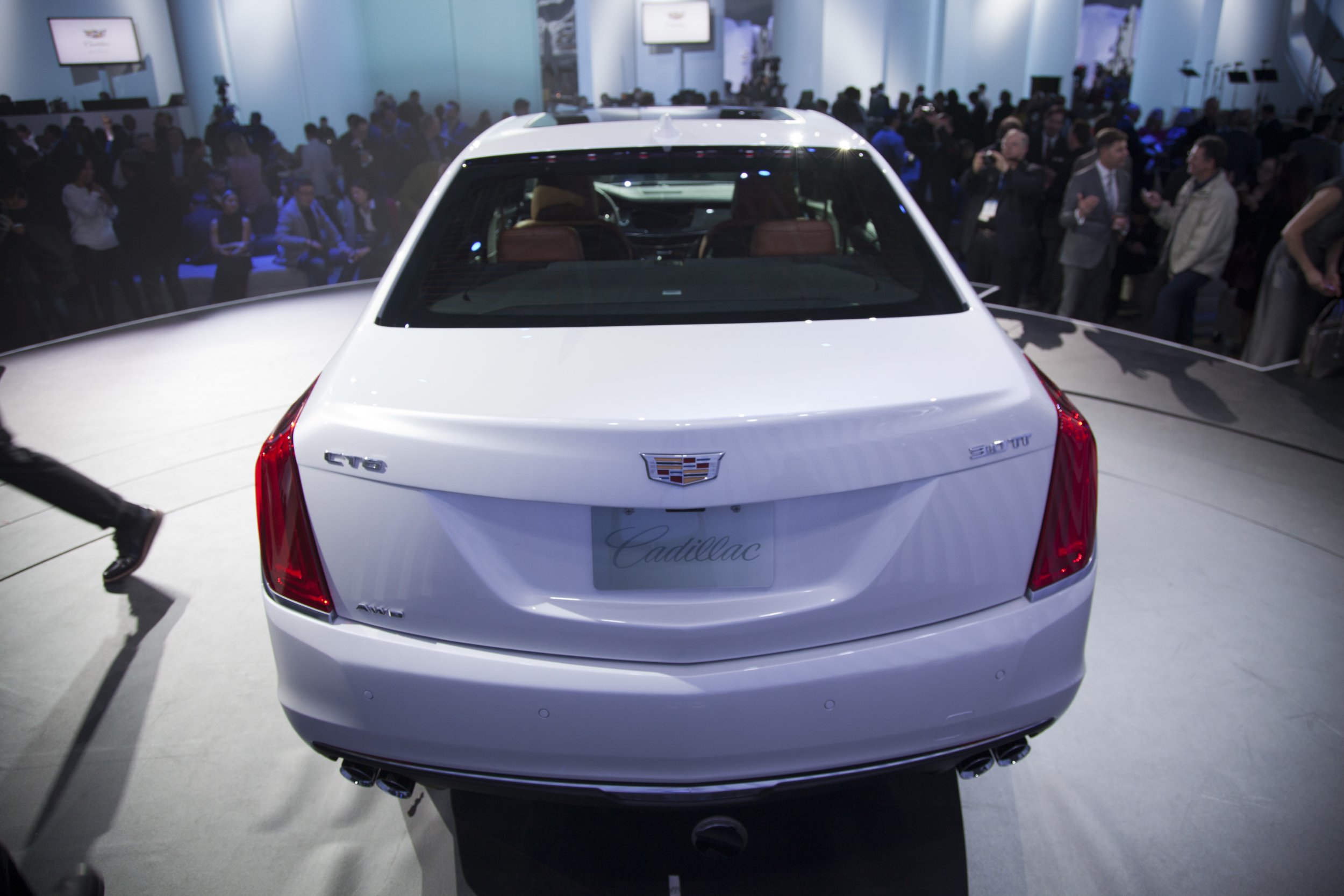

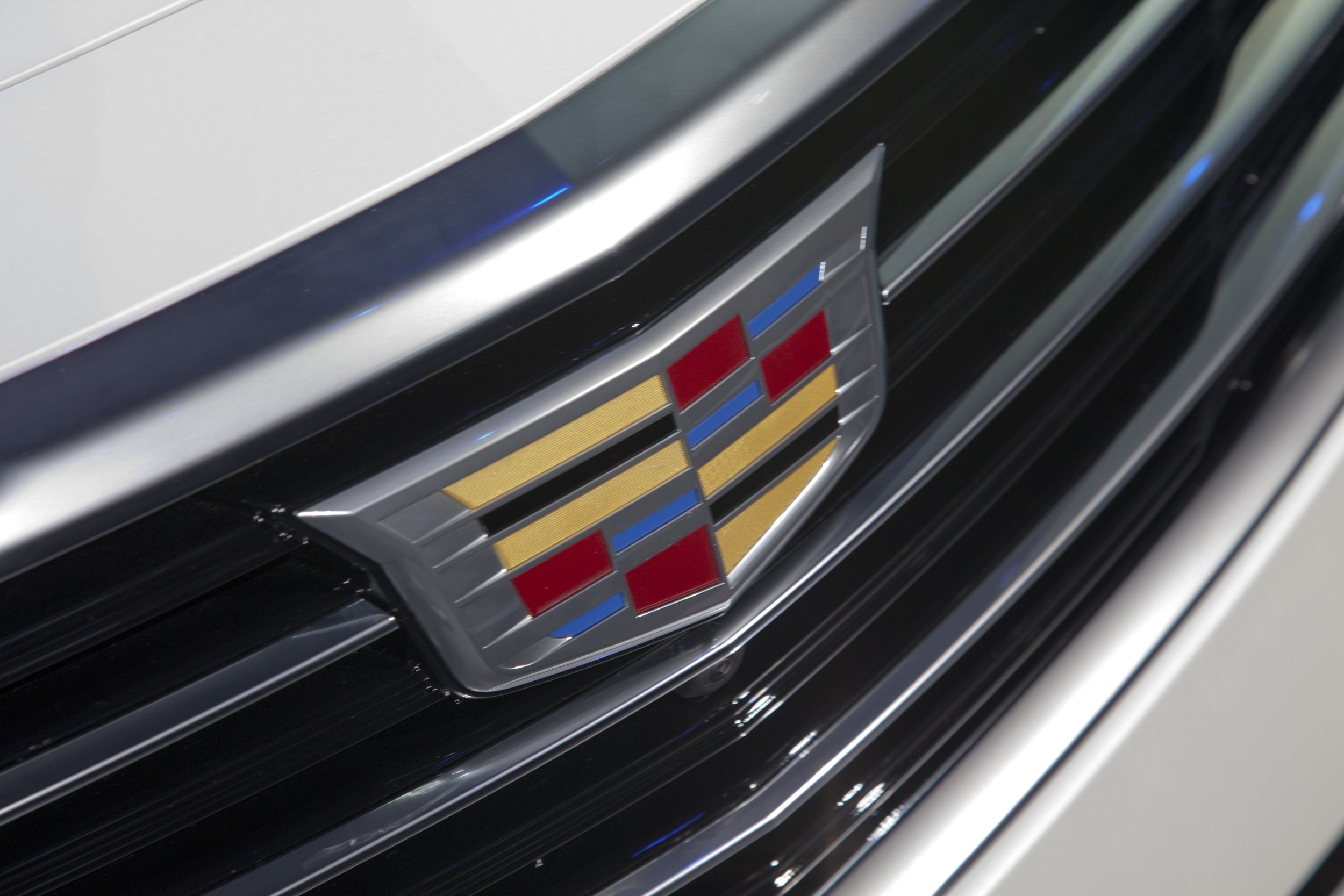
© Copyright IBTimes 2024. All rights reserved.












